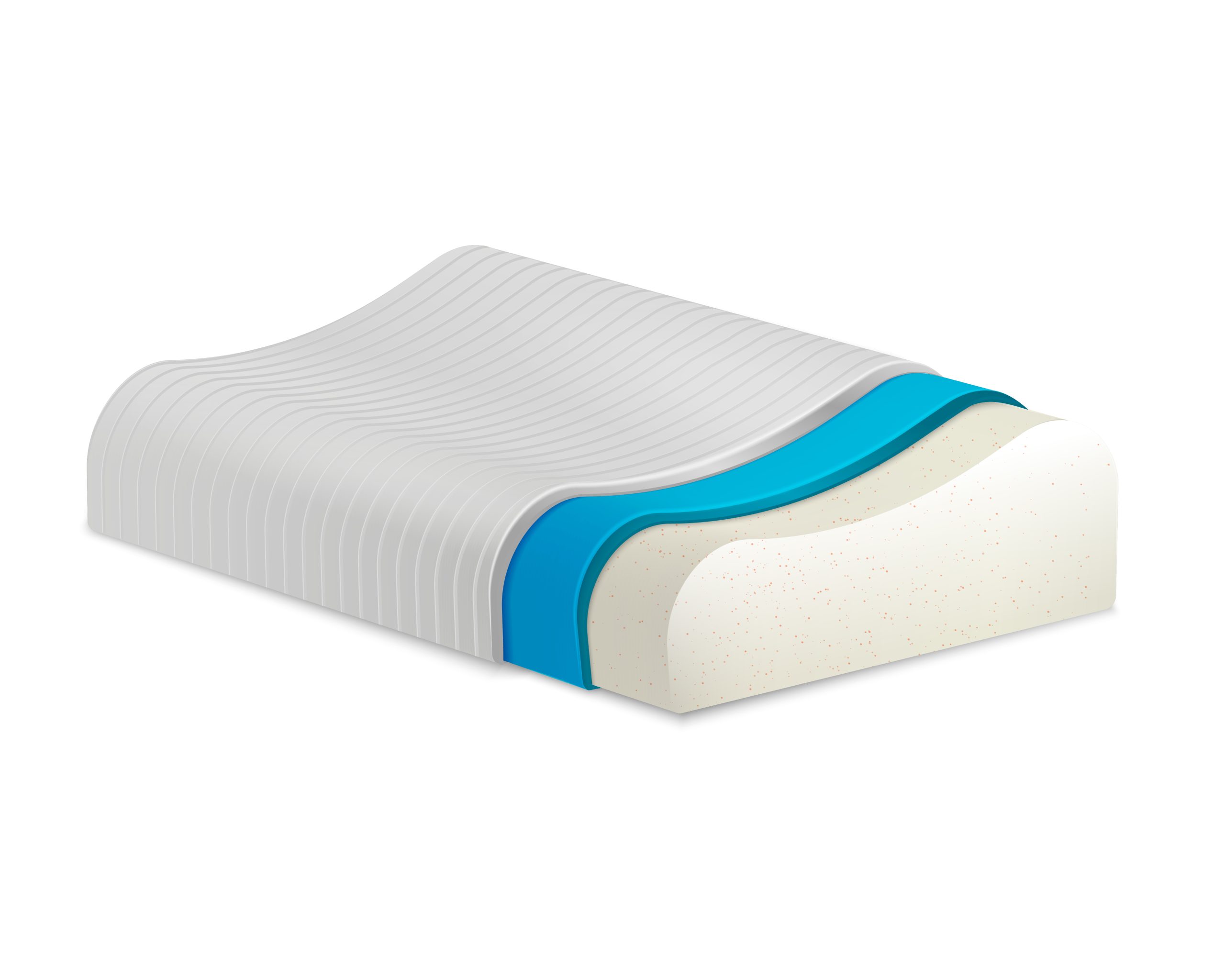A good pillow supports your head and neck, helping you wake up refreshed. Choosing the right contour pillow depends on your sleeping position. It’s designed to align your spine, reduce discomfort, and improve sleep quality. Picking the wrong one can lead to aches and restless nights.
Understanding Sleeping Positions
Your sleeping position plays a major role in selecting the right pillow. Different positions need different support levels. Let’s look at what works for each.

Side Sleepers
Side sleepers need a firm and thick pillow to fill the gap between the neck and shoulders. A contour pillow with a high loft keeps the head aligned with the spine. This reduces strain on the neck and shoulders.
Back Sleepers
Back sleepers benefit from medium-height pillows. The curve of a contour pillow supports the natural curve of the neck. This helps reduce snoring and eases pressure on the spine.
Stomach Sleepers
Stomach sleepers need a thin pillow or no pillow at all. A contour pillow with a low loft prevents the head from tilting too much. This helps avoid neck strain and improves comfort.
Features to Look for in a Contour Pillow
When selecting a pillow, consider these important factors:
- Material: Memory foam or latex offers excellent support. Choose hypoallergenic materials if you have allergies.
- Firmness: Find a pillow with the right balance of firmness for your comfort.
- Height: The height or loft of the pillow should match your sleeping position.
- Breathability: Look for materials that promote airflow to keep you cool at night.
- Durability: Choose a pillow that retains its shape over time.
Benefits of a Contour Pillow
- Spinal Alignment: Keeps your head, neck, and spine in a neutral position.
- Pain Relief: Reduces neck and shoulder pain caused by poor support.
- Better Sleep Quality: Improves comfort, allowing for uninterrupted sleep.
- Reduced Snoring: Helps keep airways open for back sleepers.
- Versatility: Works for different sleeping positions with slight adjustments.
The Environmental Benefits of Choosing Organic Materials
When buying a pillow, consider its impact on the environment. Organic Pillows are made from sustainable and biodegradable materials. They don’t release harmful chemicals, making them a healthier choice for you and the planet. Organic options also reduce waste and support eco-friendly practices.

Tips to Maintain Your Contour Pillow
Proper care helps extend the life of your pillow. Follow these tips:
- Use a washable pillowcase to protect it from stains.
- Air out the pillow regularly to remove odors.
- Spot clean with mild soap when needed.
- Avoid bending or folding to maintain its shape.
- Replace the pillow every 2–3 years for optimal support.
Choosing the Right Contour Pillow for Your Needs
Follow these steps to make an informed choice:
- Determine Your Sleeping Position: Start by identifying if you sleep on your side, back, or stomach.
- Measure Your Shoulder Width: Side sleepers with broader shoulders need higher pillows.
- Try Different Loft Heights: Test various pillow heights to find the best fit for your neck.
- Read Reviews: Check feedback to understand durability and comfort.
- Test Comfort: If possible, try the pillow before buying.
Common Mistakes to Avoid
- Ignoring Loft: A pillow that’s too high or low leads to neck strain.
- Choosing the Wrong Material: Non-breathable materials can cause overheating.
- Skipping Research: Not understanding your needs can result in a poor choice.
Why Quality Matters in a Contour Pillow
A high-quality contour pillow provides consistent support and comfort. Cheap options may lose their shape or cause discomfort. Investing in a durable, supportive pillow improves your sleep and overall well-being.

